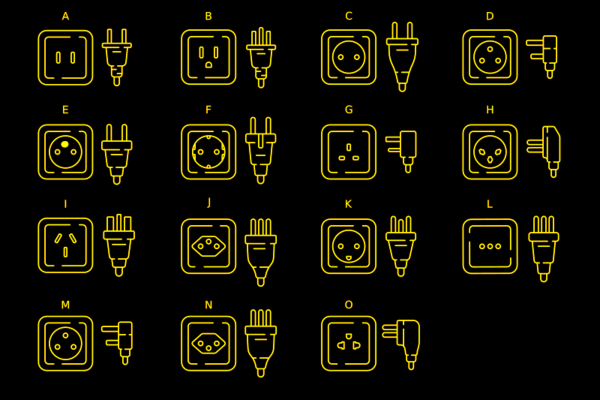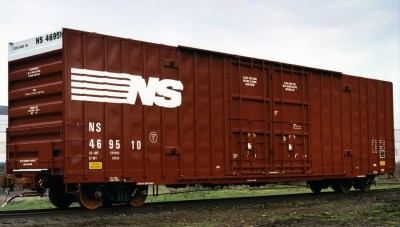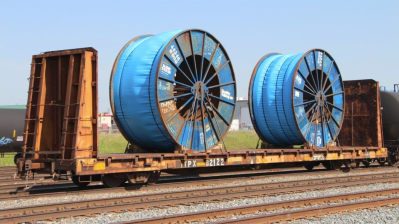Human existence boils down to one brutal fact: however much food you have, it’s enough to last for the rest of your life. Finding your next meal has always been the central organizing fact of life, and whether that meal came from an unfortunate gazelle or the local supermarket is irrelevant. The clock starts ticking once you finish a meal, and if you can’t find the next one in time, you’ve got trouble.
Working around this problem is basically why humans invented agriculture. As tasty as they may be, gazelles don’t scale well to large populations, but it’s relatively easy to grow a lot of plants that are just as tasty and don’t try to run away when you go to cut them down. The problem is that growing a lot of plants requires a lot of water, often more than Mother Nature provides in the form of rain. And that’s where artificial irrigation comes into the picture.
We’ve been watering our crops with water diverted from rivers, lakes, and wells for almost as long as we’ve been doing agriculture, but it’s only within the last 100 years or so that we’ve reached a scale where massive pieces of infrastructure are needed to get the job done. Above-ground irrigation is a big business, both in terms of the investment farmers have to make in the equipment and the scale of the fields it turns from dry, dusty patches of dirt into verdant crops that feed the world. Here’s a look at the engineering behind some of the more prevalent methods of above-ground irrigation here in North America.
Continue reading “Field Guide To North American Crop Irrigation”





















